On June 18, 2025, Ho Chi Minh City University of Natural Resources and Environment (HCMUNRE) held a Memorandum of Understanding (MOU) signing ceremony with the Scientific Research Academy of Guangxi Environmental Protection (SRAGXEP).
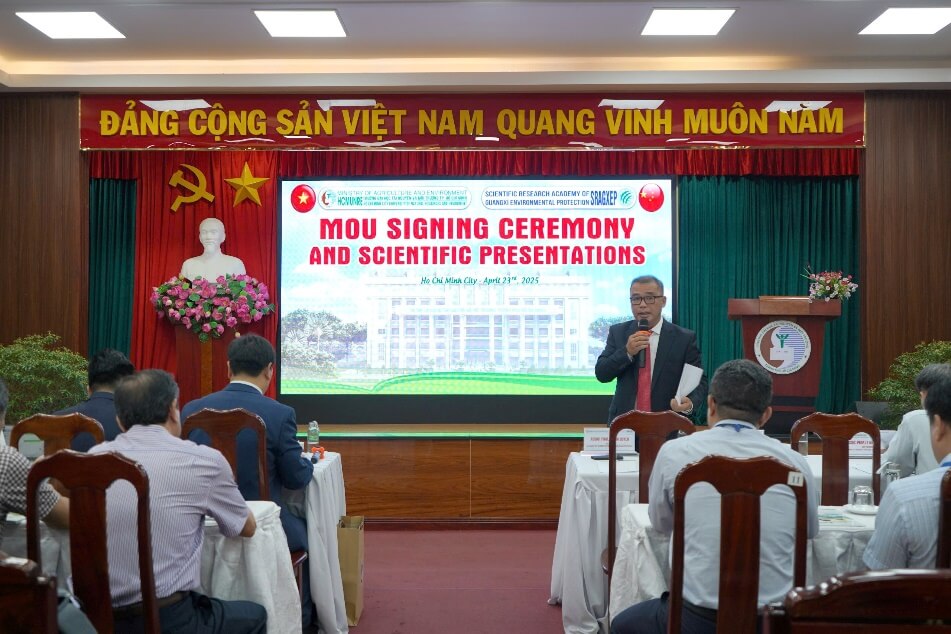
Figure 1 – Overview of the Working Session
Attending the signing ceremony on behalf of Ho Chi Minh City University of Natural Resources and Environment (HCMUNRE) were Assoc. Prof. Dr. Huynh Quyen – Rector of the University; Assoc. Prof. Dr. Vu Xuan Cuong – Party Committee Secretary and Chairman of the University Council; Assoc. Prof. Dr. Le Hoang Nghiem – Vice Rector; Dr. Huynh Thien Tai – Head of the Office of Science, Technology and International Relations, along with Deputy Heads Dr. Le Thi Kim Thoa and Dr. Tran Thanh Tam.
Representatives from academic and professional units included: Assoc. Prof. Dr. Le Trung Chon – Director of the Institute for Sustainable Development Studies; Assoc. Prof. Dr. Nguyen Thi Van Ha – Dean of the Faculty of Environment, along with Deputy Deans Assoc. Prof. Dr. Nguyen Lu Phuong and Dr. Thai Phuong Vu; Dr. Thiem Quoc Tuan – Head of the Faculty of Geology and Minerals; Dr. Can Thu Van – Dean of the Faculty of Meteorology, Hydrology, and Water Resources, and Deputy Dean Dr. Nguyen Thi Phuong Thao; and Dr. Ly Cam Hung – Dean of the Faculty of Applied Sciences.
From the functional departments, attendees included Dr. Vo Thi Tuyet Mai – Deputy Head of the Academic Affairs Office; Mr. Tran Van Son – Head of the Office of Organization and Administration; and Mr. Le Trung Tri – Head of the Facilities Management Office.
Representing the university’s affiliated centers were MSc. Nguyen Trong Khanh – Director of the Center for Continuing Education; MSc. Nguyen Vinh An – Deputy Director of the Center for Continuing Education; Mr. Nguyen Cuu Long Giang – Director of the Center for Data, Communications, and Library, along with Ms. Nguyen Thi Thu Hang – Deputy Director of the Center.
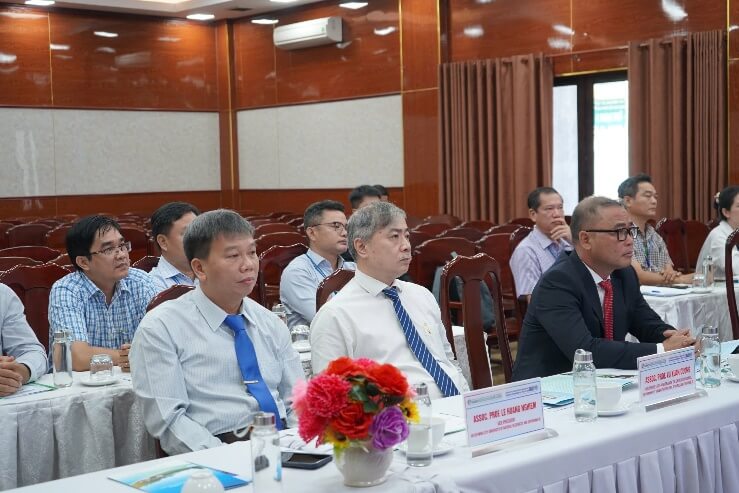
Figure 2 – Representative of Ho Chi Minh City University of Natural Resources and Environment
Attending the working session from the Scientific Research Academy of Guangxi Environmental Protection (SRAGXEP) were: Prof. Dr. SUN Yangzhao – President of SRAGXEP; Senior Engineer CHEN Hexiao – Director of the Office of International Environmental Protection Cooperation and Exchange, Guangxi; Dr. MAO Jingying – Deputy Director of the Center for Atmospheric Environment and Climate Change Research, SRAGXEP; Dr. ZHONG Shujun – Engineer at the Environmental Analysis and Monitoring Center, SRAGXEP; Mr. GAN Chengyou – Program Manager, Office of International Environmental Protection Cooperation and Exchange, Guangxi.
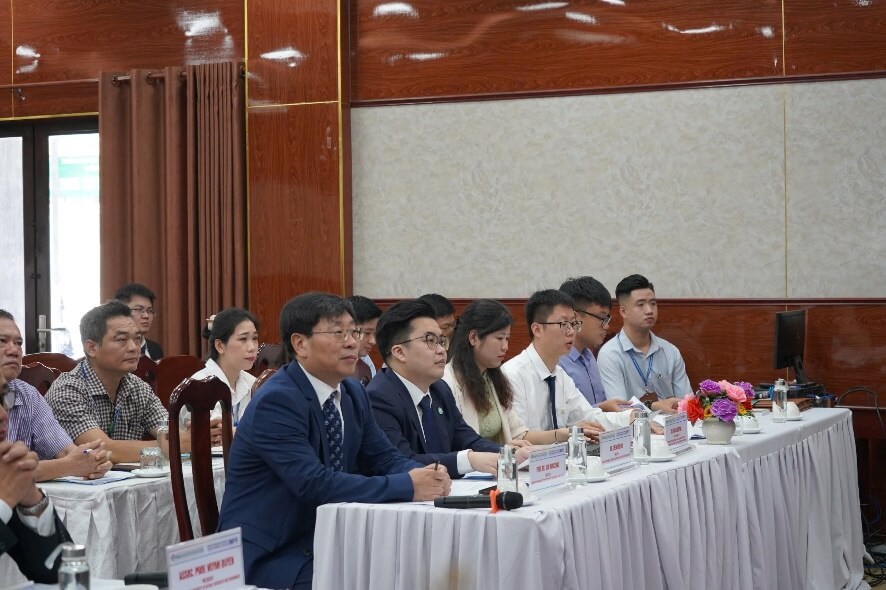
Figure 3 – Scientific Research Academy of Guangxi Environmental Protection (SRAGXEP)
The signing ceremony of the Memorandum of Understanding (MoU) between Ho Chi Minh City University of Natural Resources and Environment (HCMUNRE) and the Scientific Research Academy of Guangxi Environmental Protection (SRAGXEP) was not only a meaningful diplomatic activity, but also an important starting point that lays the foundation for the development of a long-term and comprehensive cooperative relationship between the two institutions.
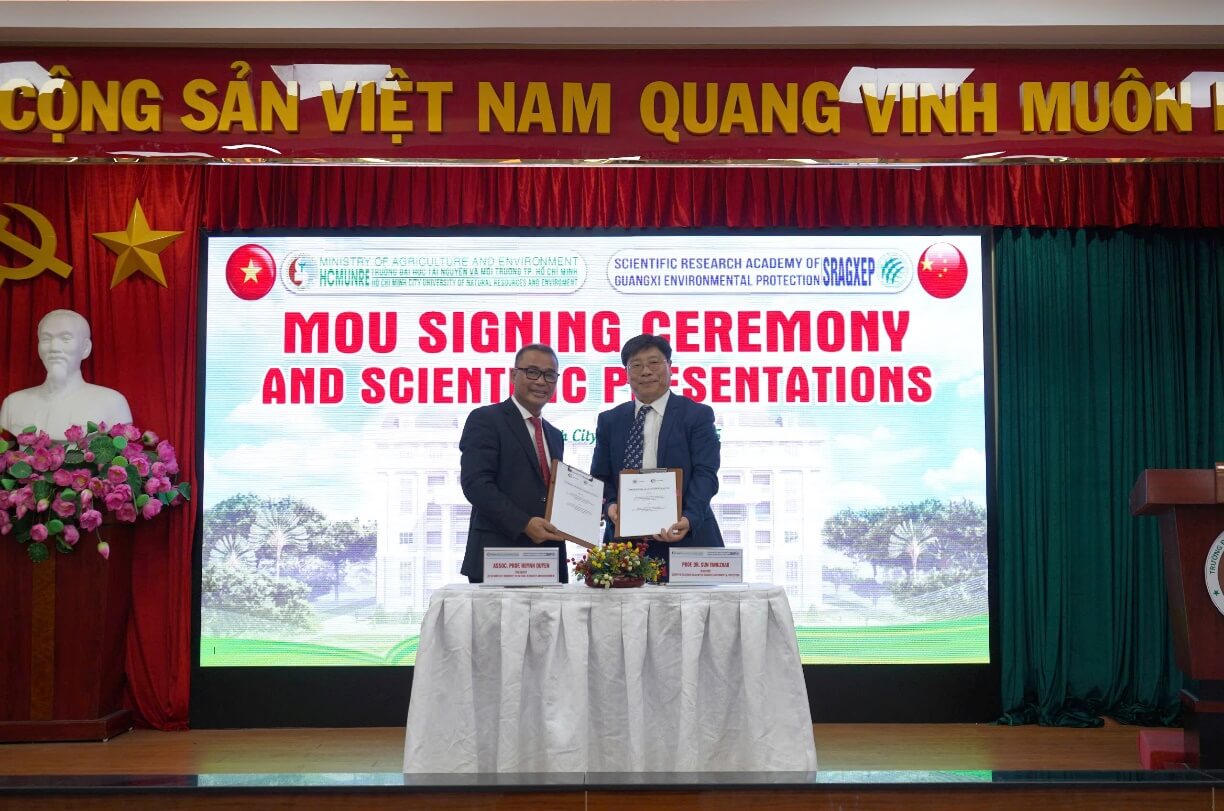
Figure 4 – Scientific Research Academy of Guangxi Environmental Protection (SRAGXEP)
Through this Memorandum of Understanding, both parties agreed to strengthen academic exchange and jointly implement training programs, scientific research, and technology transfer in fields related to natural resources and the environment — areas that are playing an increasingly strategic role in the context of climate change and global sustainable development.
This signing also clearly demonstrates the University’s strong orientation toward international integration, aligning with its strategic goal of becoming a reputable educational and research institution in the region and internationally.
As part of the working session, experts from SRAGXEP shared a range of in-depth, timely, and highly practical research topics. Specifically:
-
Presentation on the development process of the Institute of Ecological and Environmental Science and Technology:
This included an introduction to the organizational model, research infrastructure, professional development orientations, and experiences in building a research center capable of integrating ecological science, environmental protection, and new technological applications. -
Update on research progress regarding environmental pollutants:
Experts analyzed preliminary results of studies on pollution levels in water, air, and soil in selected regions, and assessed the potential impacts on public health. New technological approaches in monitoring, analysis, and pollution treatment were also introduced as part of future collaborative content. -
Discussion on research collaboration in air environment and climate change:
Both sides discussed shared challenges related to air pollution, climate change, and transboundary impacts. Initial proposals were made for joint research activities, co-hosted thematic workshops, data sharing, and the application of advanced technologies for monitoring, forecasting, and improving environmental quality.
SRAGXEP’s sharing of research and practical experience during the session opened up significant prospects for deepened collaboration. This contributes to enhancing the University’s research capacity and improving student training quality — especially in the context of green transition and sustainable development, which are top priorities for both countries.
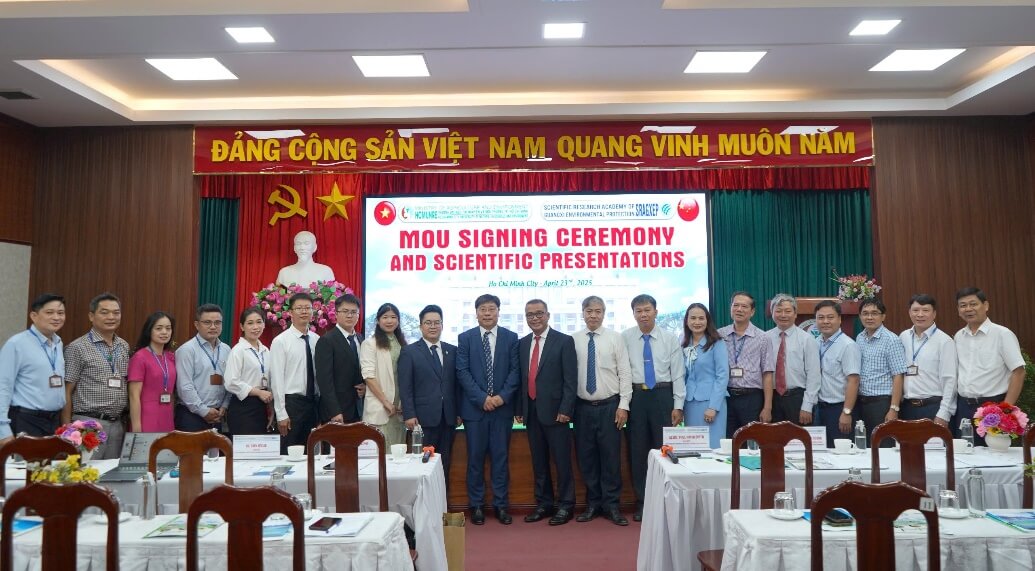
Figure 5 – Summary of Representatives from Both Parties
The signing ceremony of the Memorandum of Understanding (MoU) between Ho Chi Minh City University of Natural Resources and Environment and the Scientific Research Academy of Guangxi Environmental Protection is not merely a formal event but also holds strategic significance in shaping a long-term and effective cooperative relationship between the two organizations.
By establishing an official cooperation framework, both parties can implement joint research programs, share data, transfer technology, and co-organize in-depth scientific workshops and seminars on key areas such as air quality, water, waste, biodiversity, and climate change. This provides an opportunity for the university’s faculty, scientists, and students to access modern research trends, advanced methodologies, and practical scientific works from their counterparts.
Thus, this signing ceremony marks a practical starting point for a comprehensive, profound, and visionary partnership between the two institutions, contributing to the realization of each party’s strategic development goals in the new phase.


